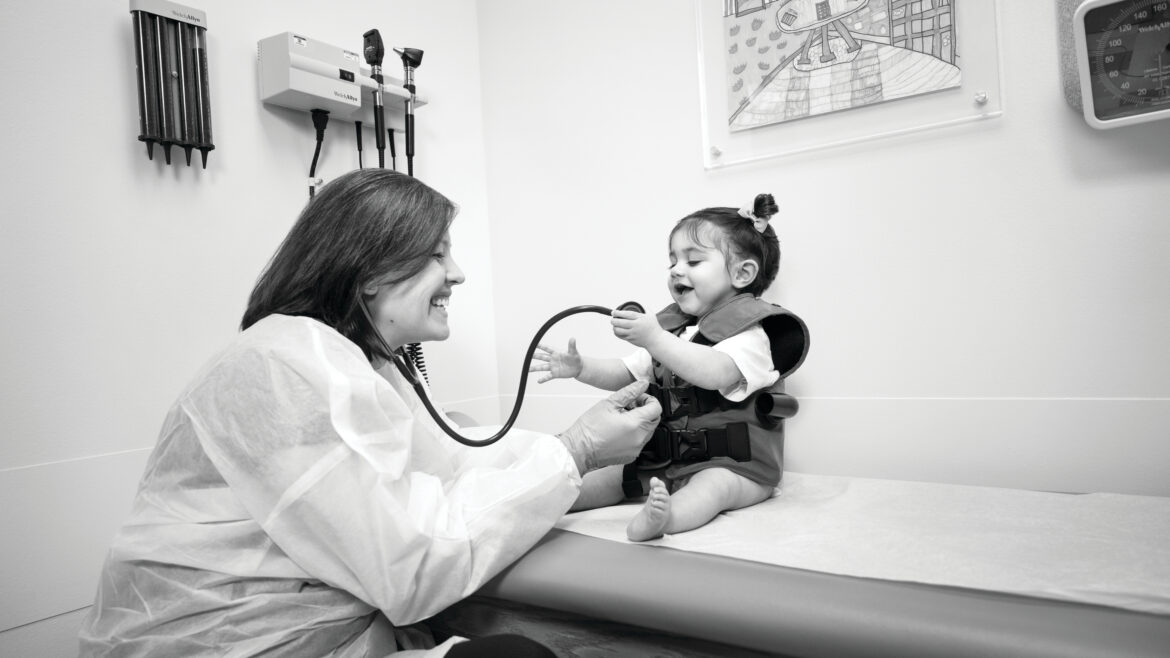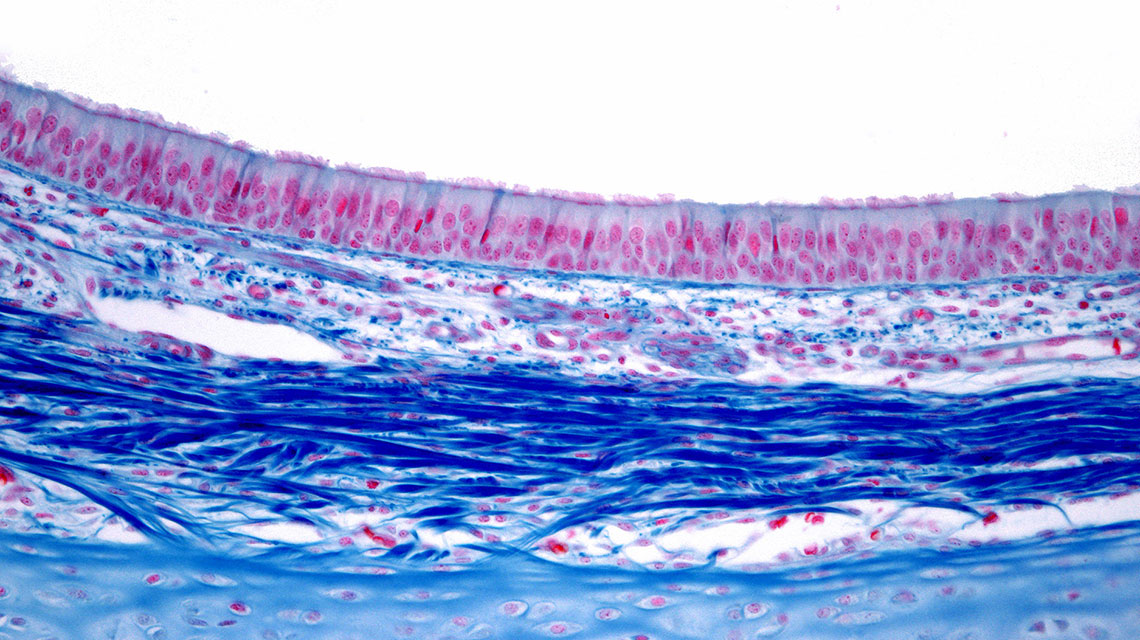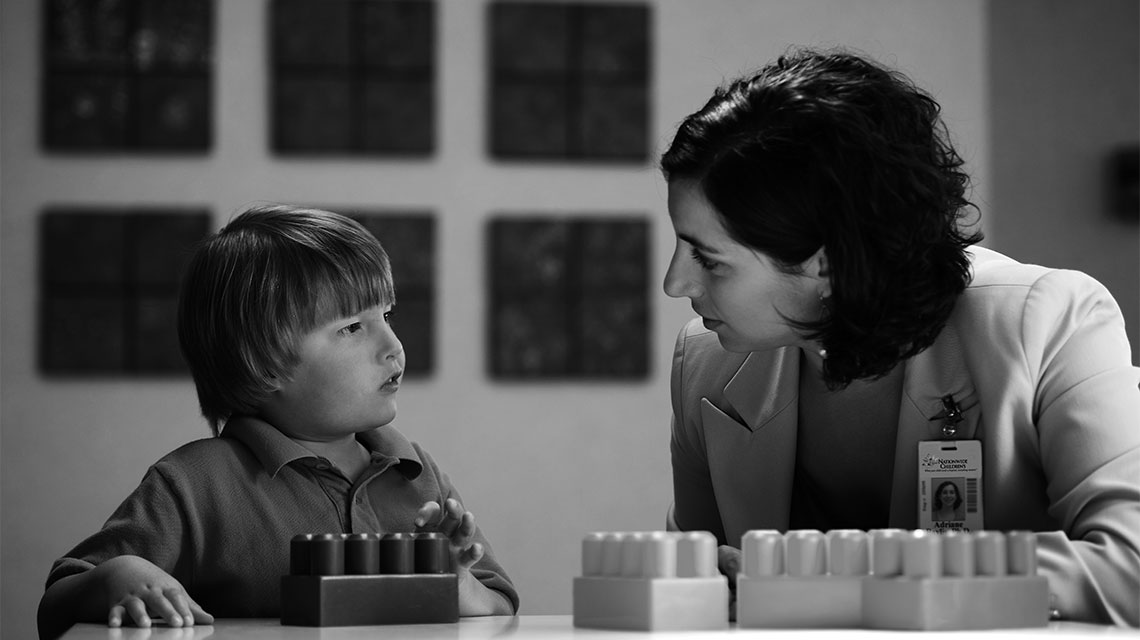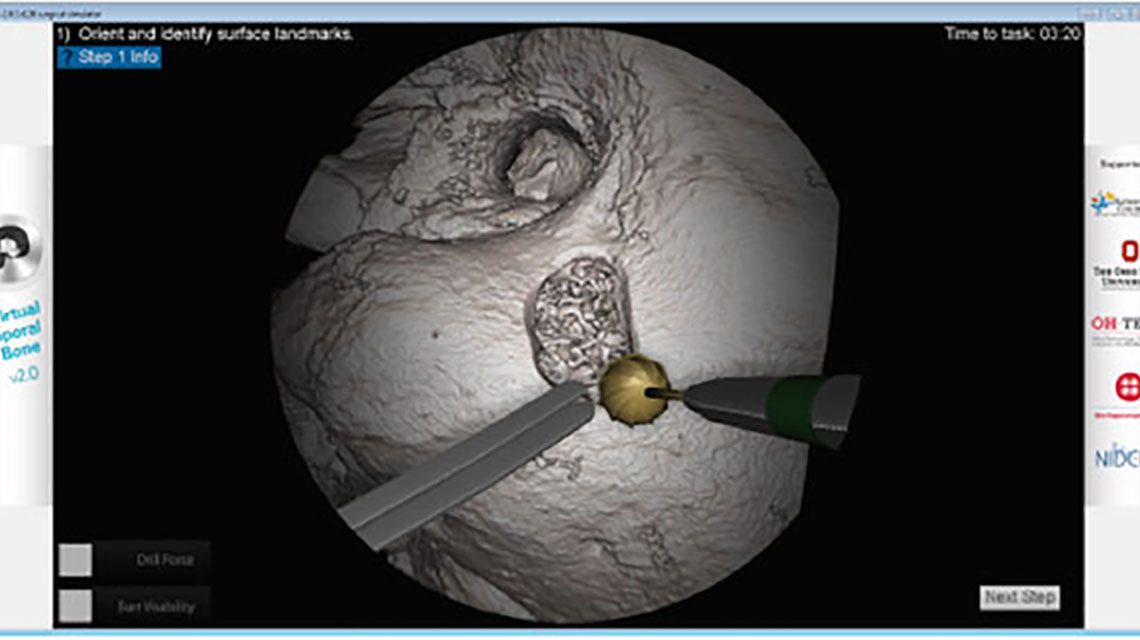Modulator Therapy Improves Chronic Sinus Disease in Individuals with Cystic Fibrosis
Modulator Therapy Improves Chronic Sinus Disease in Individuals with Cystic Fibrosis https://pediatricsnationwide.org/wp-content/uploads/2024/02/011024BT222_BW-1024x683.jpg 1024 683 Mary Bates, PhD https://secure.gravatar.com/avatar/c6233ca2b7754ab7c4c820e14eb518c8?s=96&d=mm&r=gFollowing 1 year of therapy, patients showed improved sinus CT metrics and clinical outcomes. Over the last decade, the development of cystic fibrosis transmembrane conductance regulator (CFTR) modulator drugs has revolutionized the treatment of cystic fibrosis (CF). The most widely used modulator is the triple combination elexacaftor-tezacaftor-ivacaftor (ETI), which is approved for people with CF…










